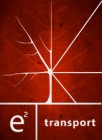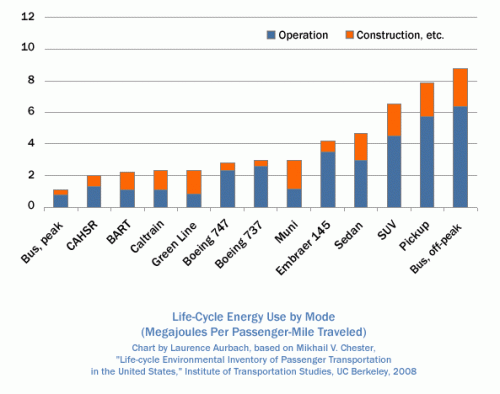 The Brad Pitt-narrated PBS series e² ( “the Economies of being Environmentally conscious”) has several episodes about urban design and planning. For a general introduction to walkable, transit-oriented design and planning, I recommend the episode “Portland: A Sense of Place.” It focuses on the city’s rail transit and aerial tram, the Pearl District redevelopment, and the quality of life that can result from downtown revitalization with good urban design.
The Brad Pitt-narrated PBS series e² ( “the Economies of being Environmentally conscious”) has several episodes about urban design and planning. For a general introduction to walkable, transit-oriented design and planning, I recommend the episode “Portland: A Sense of Place.” It focuses on the city’s rail transit and aerial tram, the Pearl District redevelopment, and the quality of life that can result from downtown revitalization with good urban design.
Even better is the episode “Seoul: The Stream of Consciousness” which focuses on Seoul’s Cheonggyecheon Restoration Project. This was a major freeway in the heart of the city that was torn down and replaced with a linear park and recreated running stream. The best thing about this episode is the sense of hope and renewal for the city that is conveyed by the residents’ pride in their new park.
These episodes are beautifully produced
, not wonky at all, and will certainly hold anybody’s attention. The episodes can be viewed at www.e2-series.com. Click on “Webcasts” and scroll down to the episode titles. They are also available on DVD and from iTunes.

